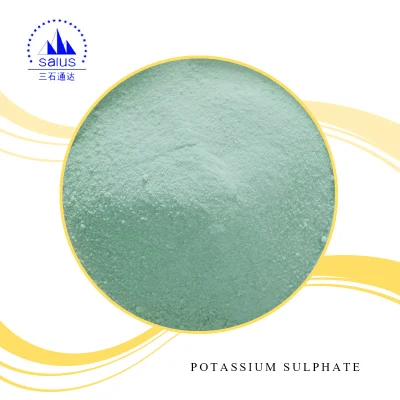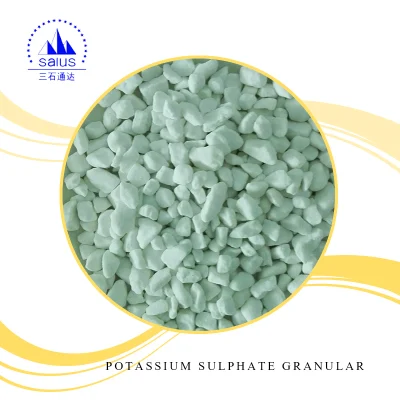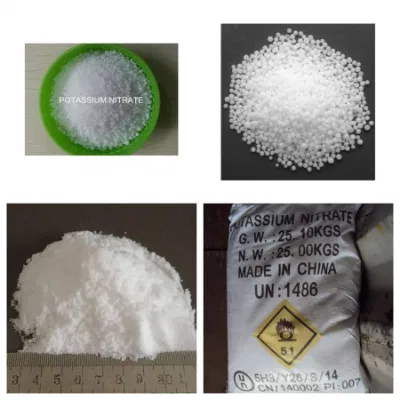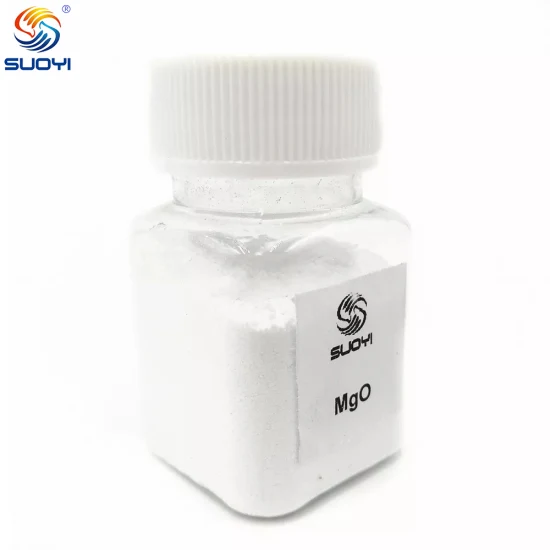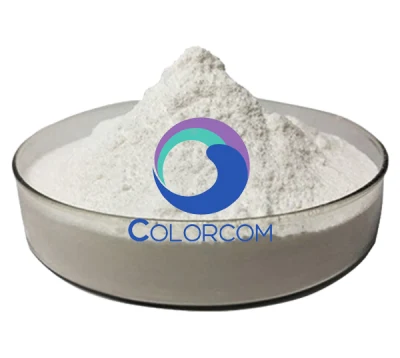
파이프 설치용 Boqu 디지털 Ca2+ 칼슘 이온 센서, Ca2+, No3
개요 PFG-3085 산업용 온라인 이온 측정기는 새로운 최신 마이크로컴퓨터 기반 고급 장비입니다. 그것은 F-, Cl-, K+, Ca2+, NO3-, NH4+(불소)에 적합한 하나로 3가지 언어가 특징입니다.
문의 보내기설명
Overview기본정보
| 칼륨 이온 | 0.02-1000Ppm(Mg/L) |
| 힘 | 90~260VAC |
| 질산염 이온 | 0.02-1000Ppm(Mg/L) |
| 신호 | 4-20mA |
| 릴레이 | 릴레이 3개 |
| 의사소통 | RS485 모드버스 |
| 칼슘이온 | 0.02-1000Ppm(Mg/L) |
| 염화물 이온 | 0.02-1000Ppm(Mg/L) |
| 불화물 이온 | 0.02-1000Ppm(Mg/L) |
| 암모니아 이온 | 0.02-1000Ppm(Mg/L) |
| 이름 | Pfg-3085 온라인 이온 분석기 |
| 운송 패키지 | 국제 운송을 위한 품질 패키지 |
| 사양 | BOQU 악기 생산 연간 100,000개 이상 |
| 등록 상표 | 보쿠 |
| 기원 | 중국 |
| HS 코드 | 9027809990 |
| 생산 능력 | 100000PCS/년 |
제품 설명
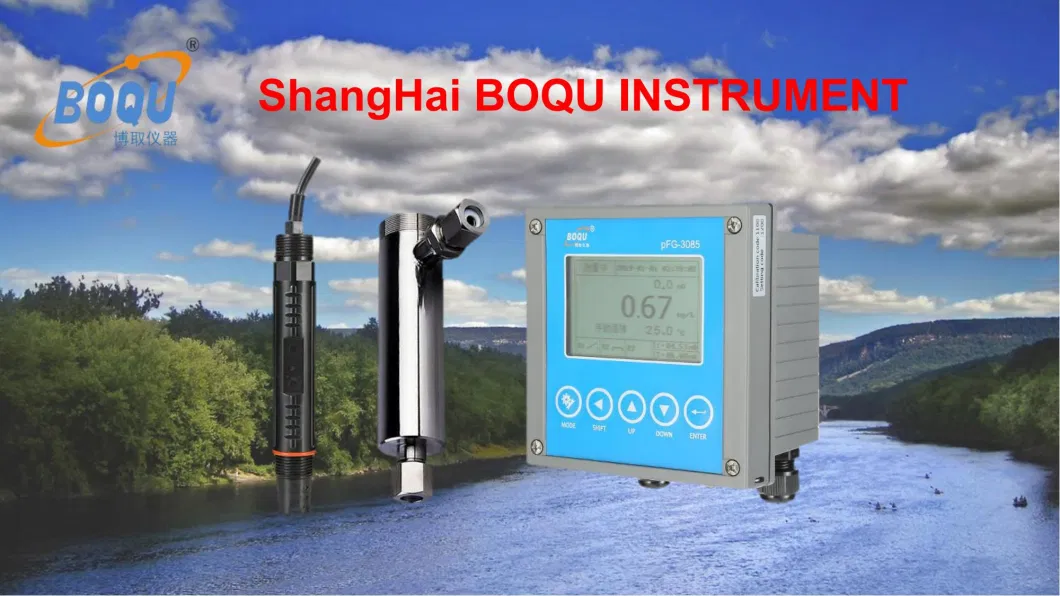
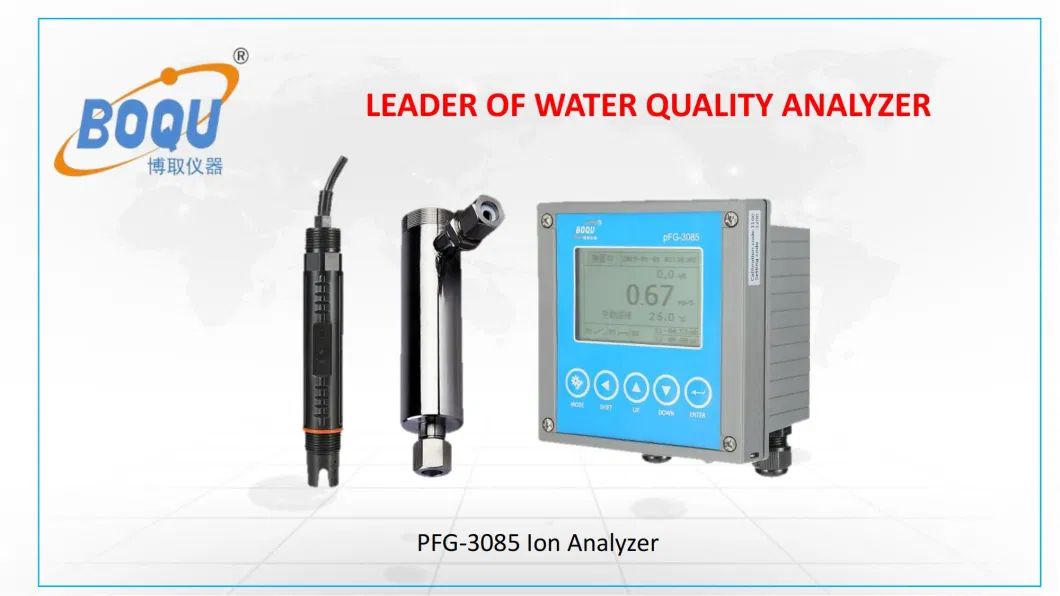
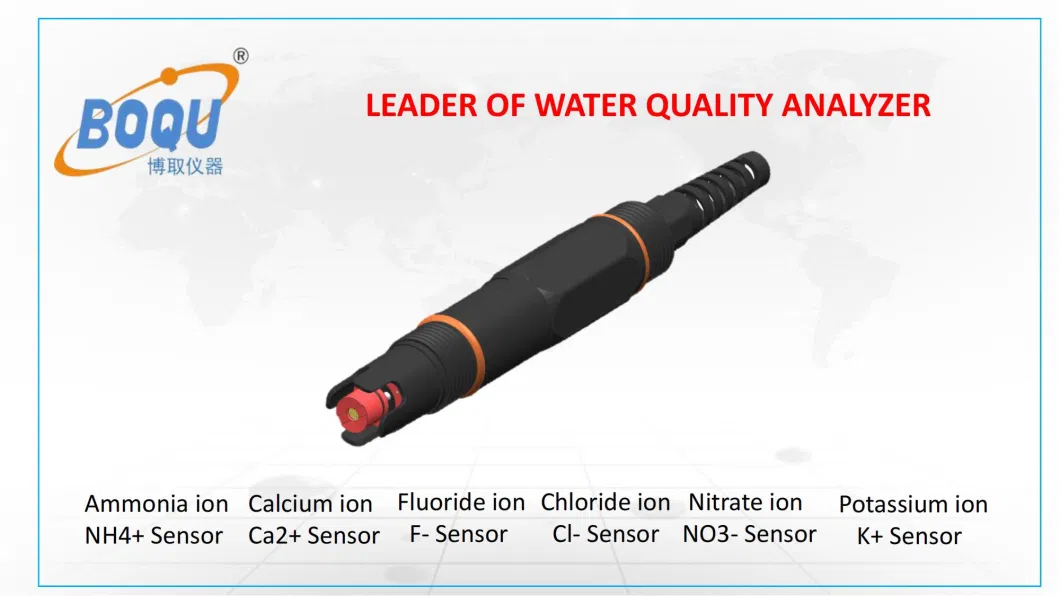

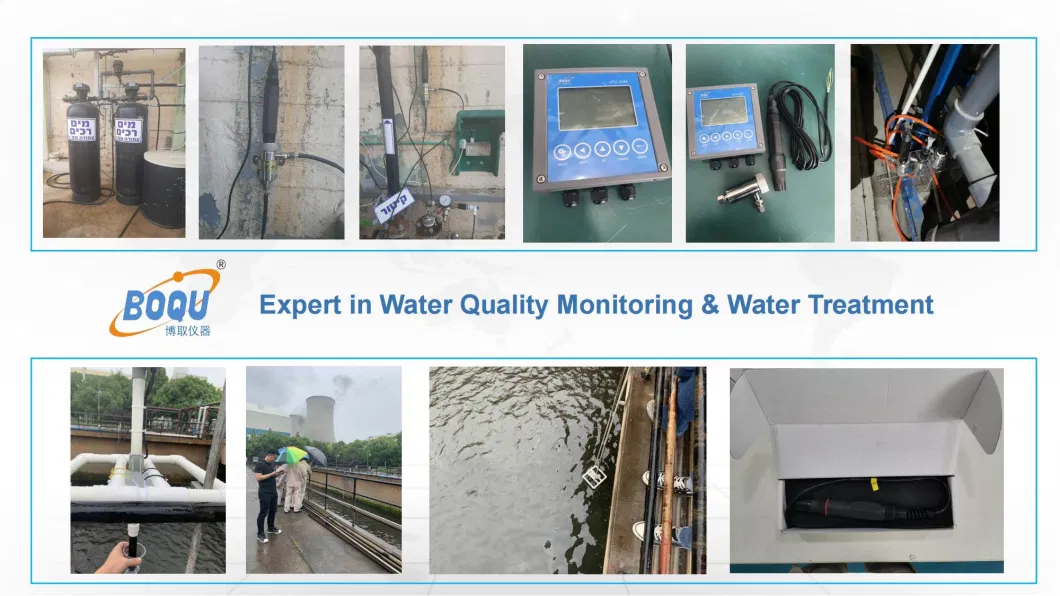
ISEs are not ion-specific. All are sensitive to some other ions to some extent. For many applications these interferences are insignificant (unless there is a high ratio of interfering ion to primary ion) and can often be ignored. In some extreme cases, however, the electrode is far more sensitive to the interfering ion than to the primary ion and can only be used if the interfering ion is only present in trace quantities or even completely absent. The ability of an ion-selective electrode to distinguish between different ions in the same solution is expressed as the Selectivity Coefficient. If the primary ion for which the electrode is sensitive is A and the interfering ion is B then a selectivity coefficient of 0.1 would mean that the electrode is ten times more sensitive to A than to B. If the coefficient is 1 then the electrode is equally sensitive to both.



